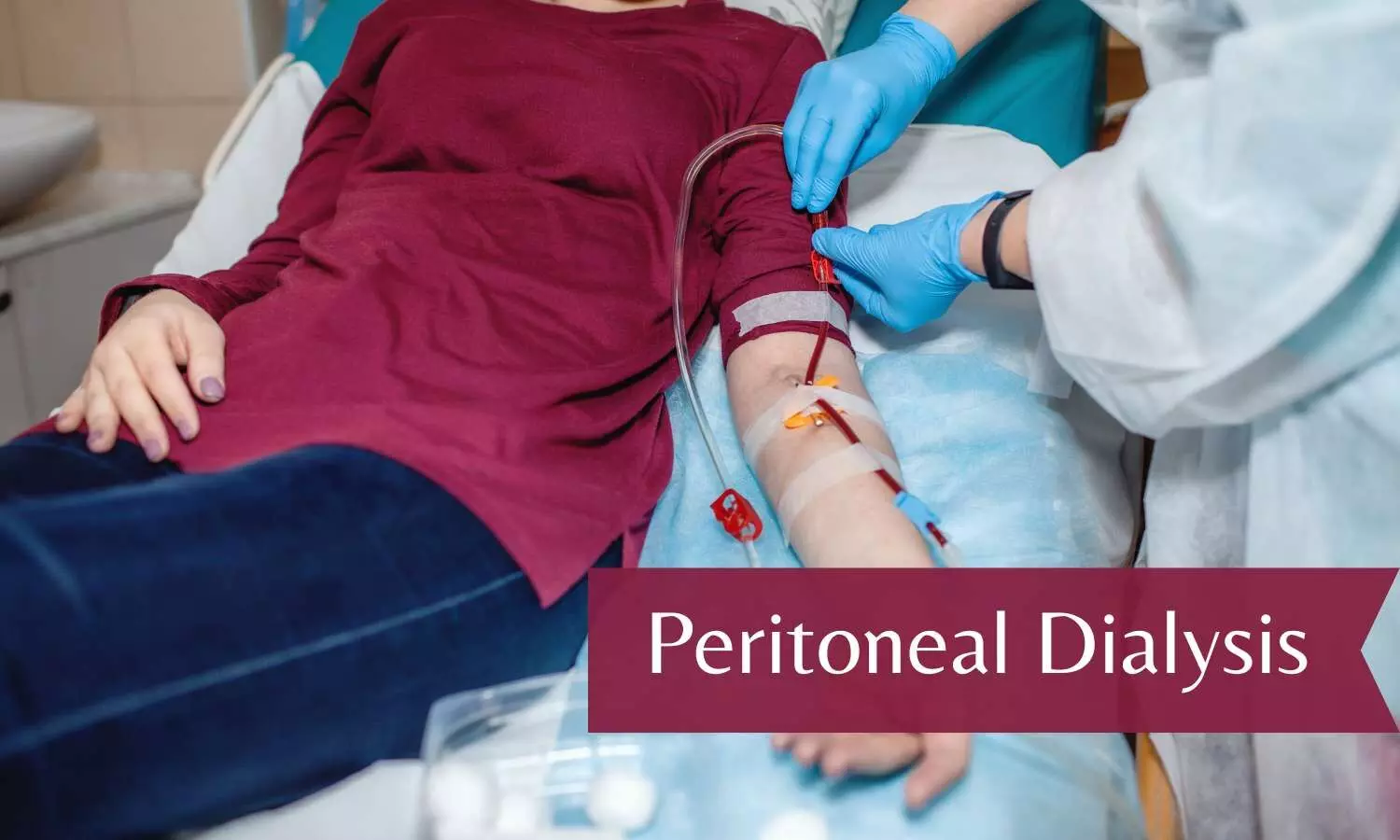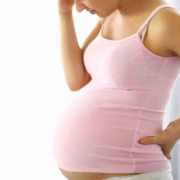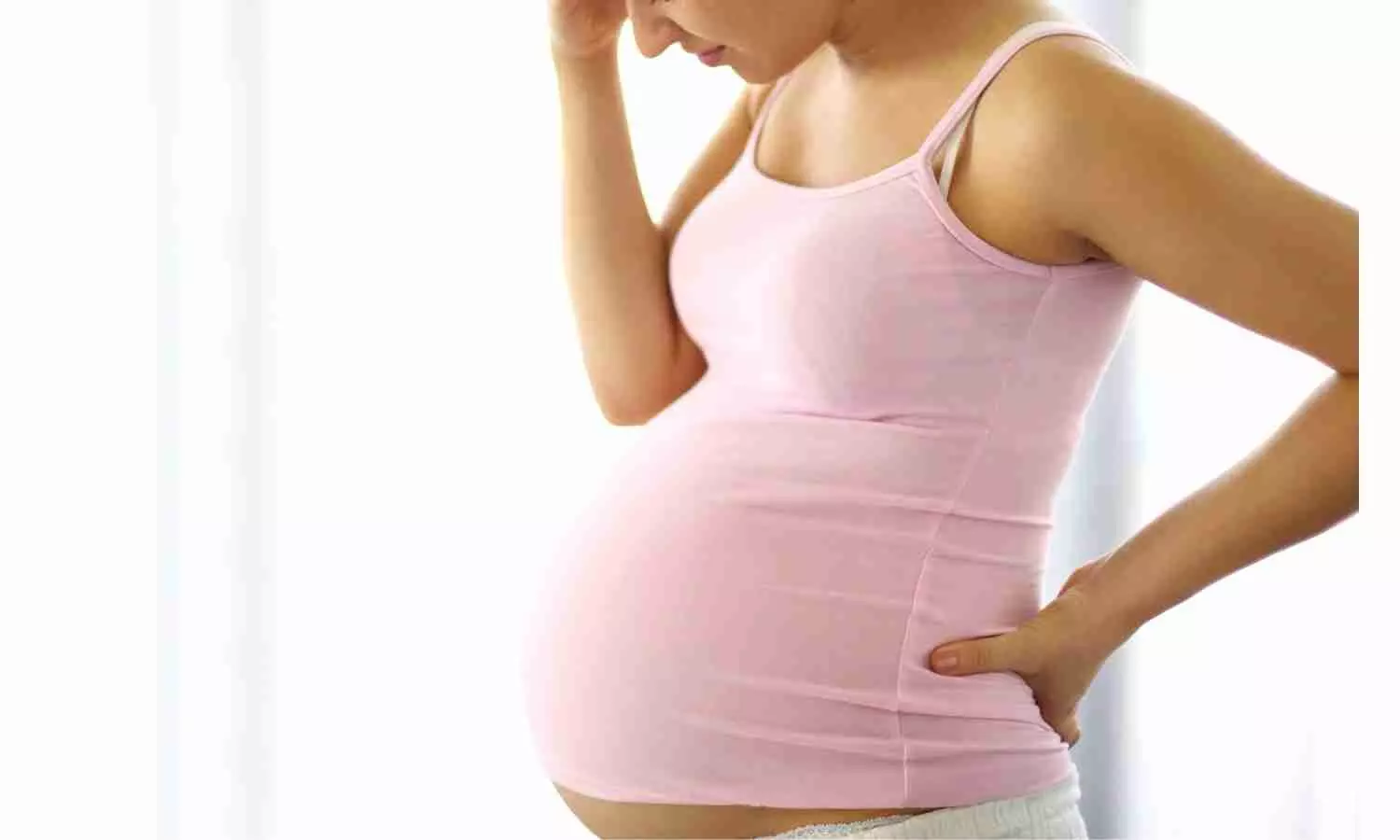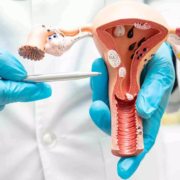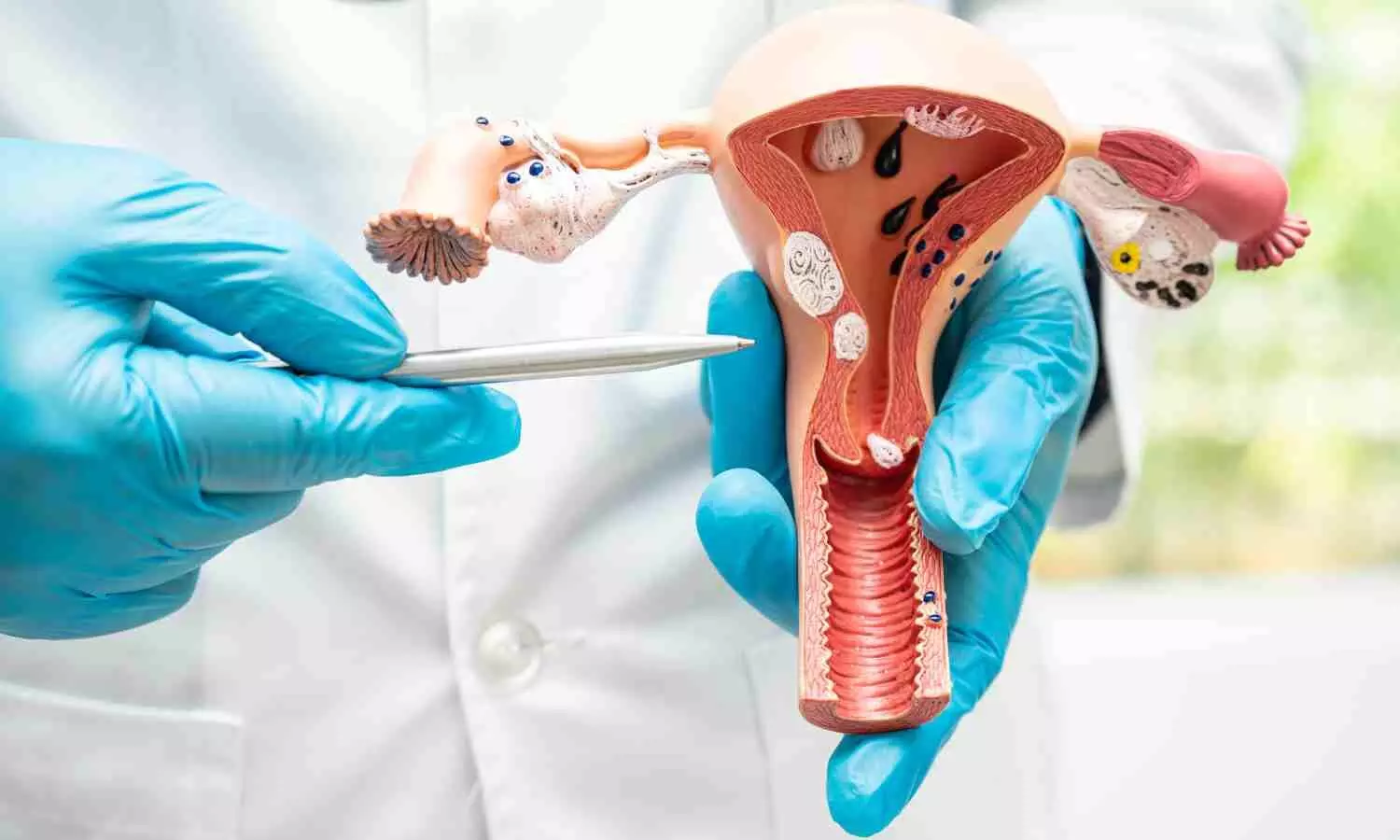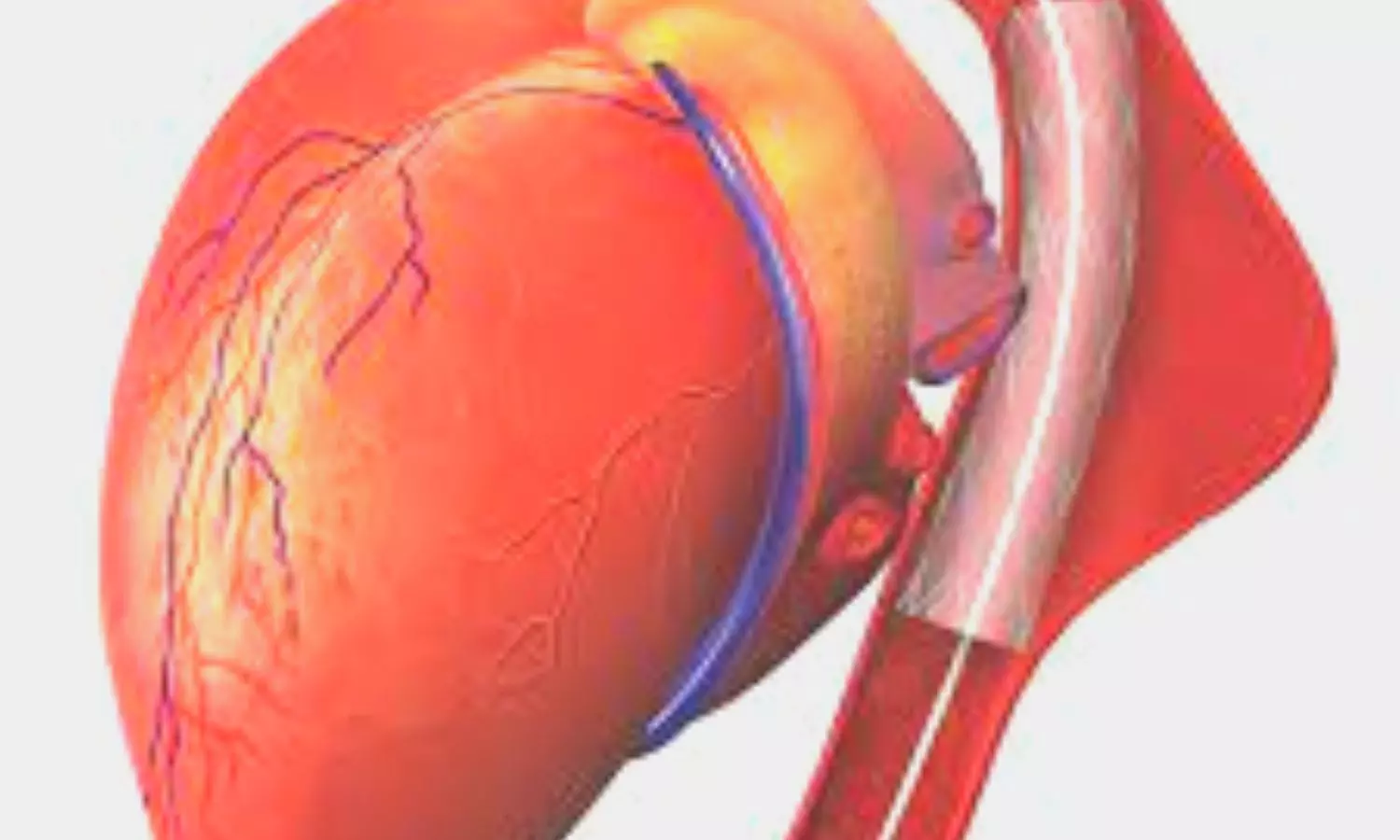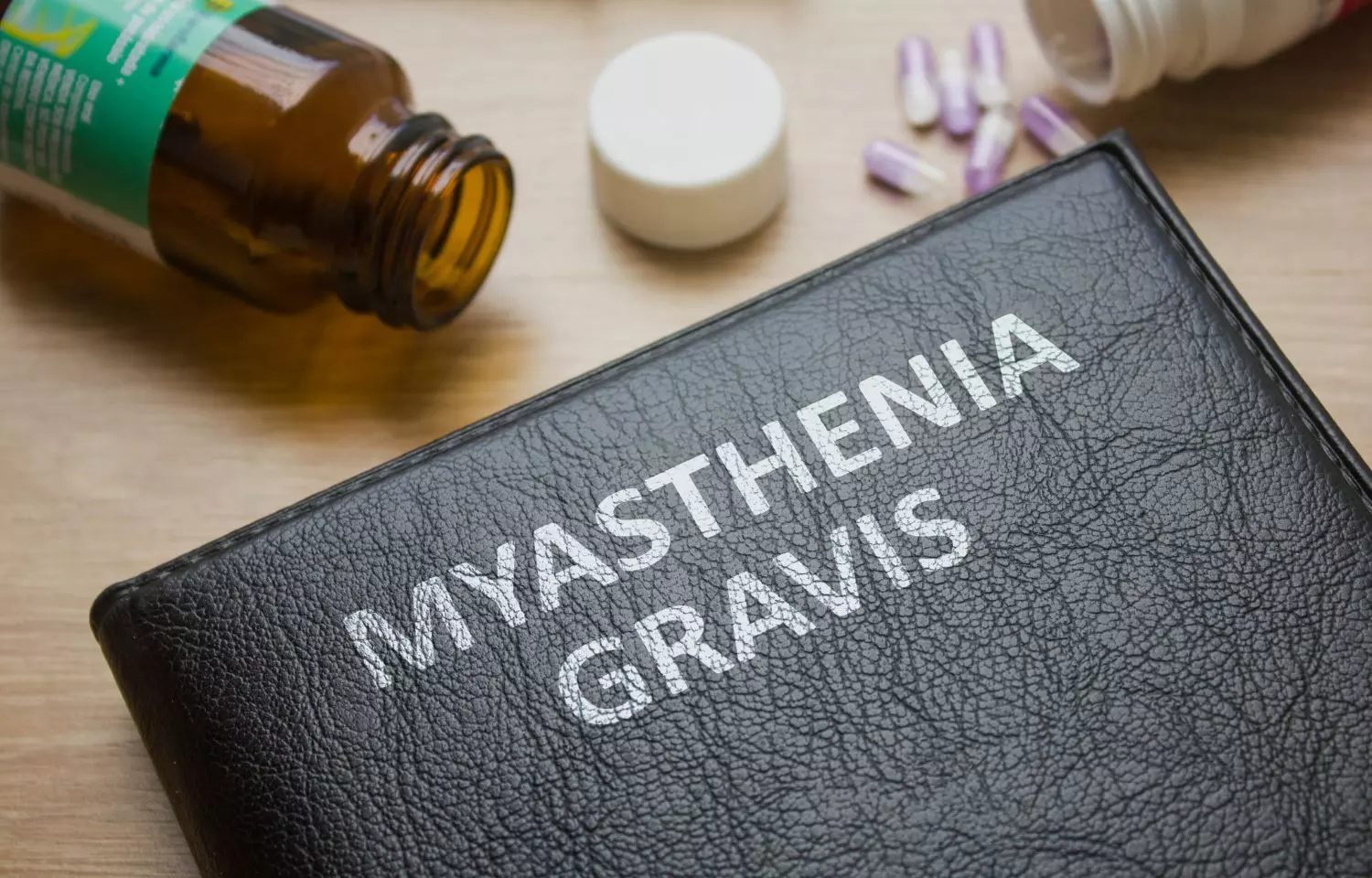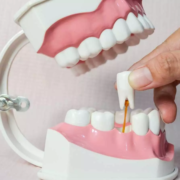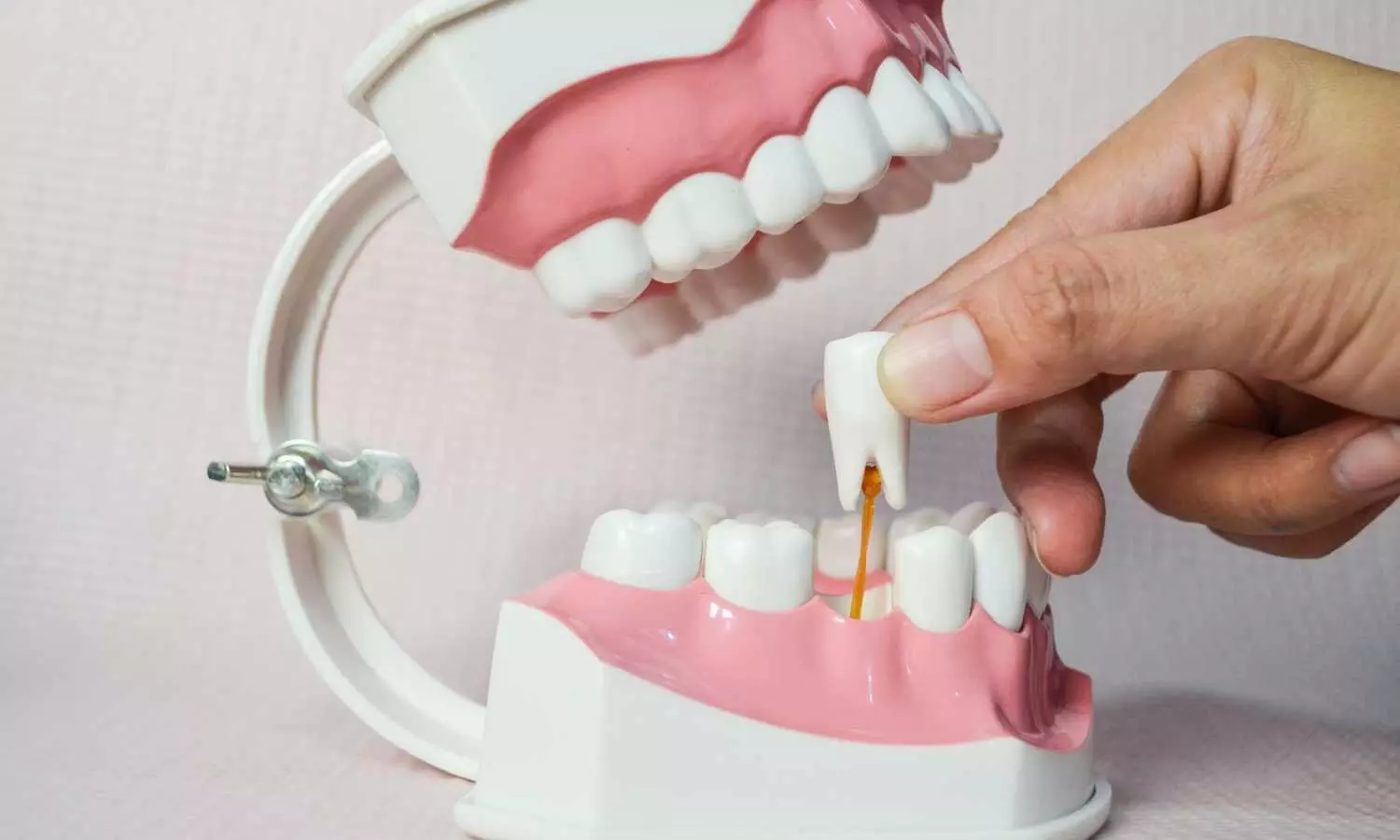What are Effects of Local Anesthetics on Cardiac Conduction System in Lower Limb Orthopaedic Surgeries?

Recent randomized study compared the effects of three local anesthetic agents – bupivacaine, levobupivacaine, and ropivacaine – on cardiac conduction parameters in patients undergoing lower limb orthopedic surgeries under epidural anesthesia. The primary outcomes measured were the corrected QT interval (QTc) and P-wave dispersion (PWD), which were assessed at multiple time points from baseline up to 24 hours postoperatively. The secondary outcomes included time to onset of sensory and motor block, patient-controlled analgesia (PCA) use, and pain scores. The results showed that there was a statistically significant increase in QTc and PWD from baseline for all three groups at the various time points. However, the mean increase in QTc and PWD was higher in the bupivacaine group compared to the levobupivacaine and ropivacaine groups, though the differences between the groups were not statistically significant. All three local anesthetic agents demonstrated comparable effects on hemodynamic parameters, time to onset of sensory and motor blockade, and quality of postoperative analgesia as assessed by PCA use and visual analog pain scores.
Conclusion
The authors concluded that bupivacaine has a greater tendency to prolong QTc and PWD compared to levobupivacaine and ropivacaine, though all three agents showed similar safety profiles in terms of cardiac conduction effects and analgesic efficacy. The study provides insights into the comparative cardiac effects of these commonly used local anesthetics when administered epidurally for lower limb orthopedic procedures.
Key Points
: 1. The study compared the effects of three local anesthetic agents – bupivacaine, levobupivacaine, and ropivacaine – on cardiac conduction parameters in patients undergoing lower limb orthopedic surgeries under epidural anesthesia.
2. The primary outcomes measured were the corrected QT interval (QTc) and P-wave dispersion (PWD), which were assessed at multiple time points from baseline up to 24 hours postoperatively. The secondary outcomes included time to onset of sensory and motor block, patient-controlled analgesia (PCA) use, and pain scores.
3. The results showed a statistically significant increase in QTc and PWD from baseline for all three groups at the various time points. However, the mean increase in QTc and PWD was higher in the bupivacaine group compared to the levobupivacaine and ropivacaine groups, though the differences between the groups were not statistically significant.
4. All three local anesthetic agents demonstrated comparable effects on hemodynamic parameters, time to onset of sensory and motor blockade, and quality of postoperative analgesia as assessed by PCA use and visual analog pain scores.
5. The authors concluded that bupivacaine has a greater tendency to prolong QTc and PWD compared to levobupivacaine and ropivacaine, though all three agents showed similar safety profiles in terms of cardiac conduction effects and analgesic efficacy.
6. The study provides insights into the comparative cardiac effects of these commonly used local anesthetics when administered epidurally for lower limb orthopedic procedures.
Reference –
Agarwal V, Das PK, Nath SS, Tripathi M, Tiwari B. Comparing the effects of three local anaesthetic agents on cardiac conduction system ‑ A randomised study. Indian J Anaesth 2024;68:889‑95
Powered by WPeMatico



